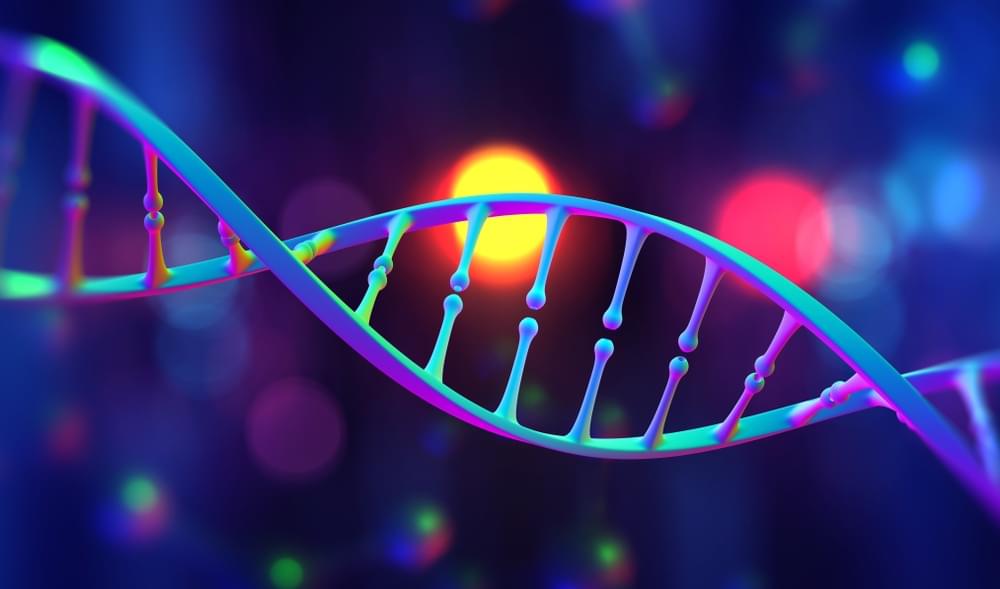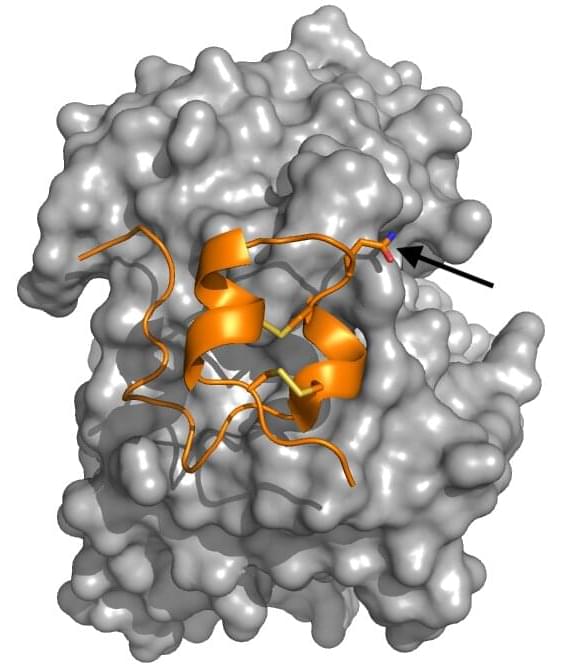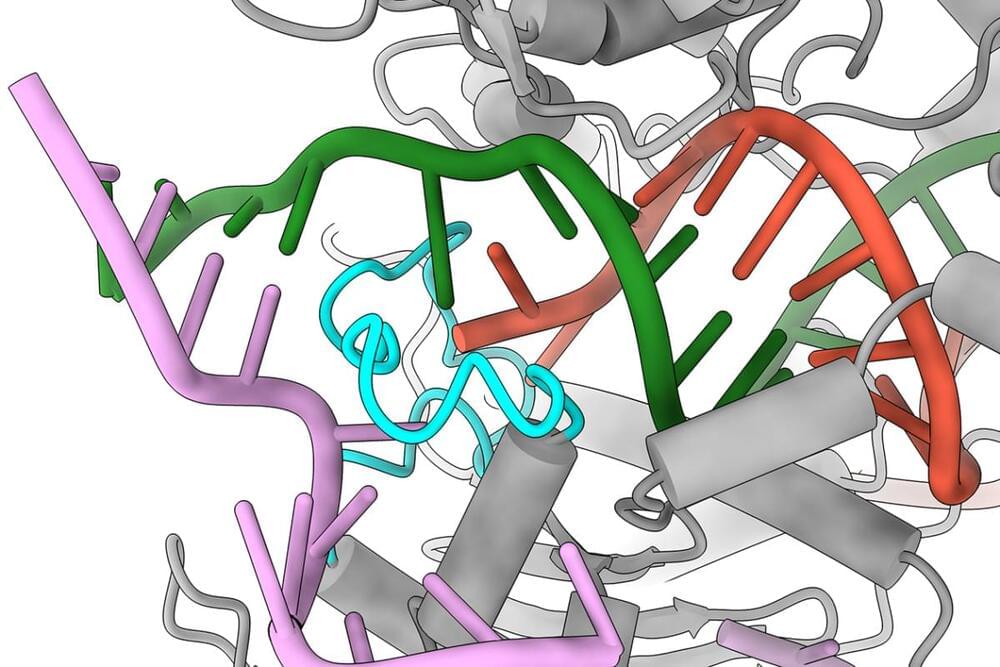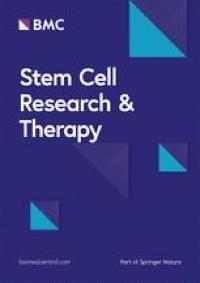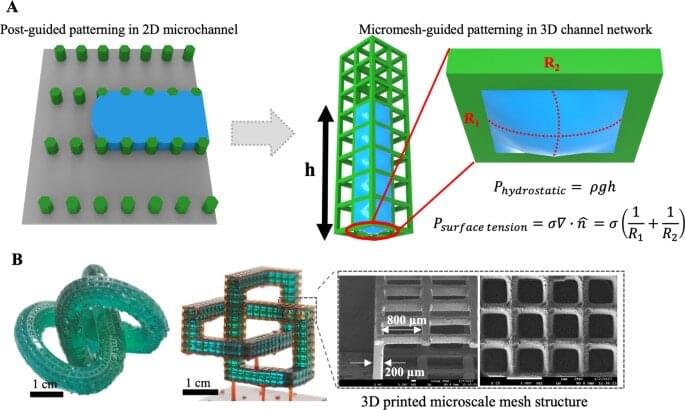(Inside Science) — An enzyme in the bacterium E. coli made more errors copying synthetic DNA when exposed to zero gravity than the same enzyme did in normal gravity, a recent study finds.
The paper raises the possibility that some enzymes work differently in space compared to on Earth. “It gives us an idea that enzymes, like polymerases or others that are involved in maintaining the integrity of our DNA, may be influenced by spaceflight,” said Susan Bailey, a radiation cancer biologist at Colorado State University in Fort Collins who has studied DNA damage caused by space radiation and did not contribute to the new paper.
Aaron Rosenstein, lead author of the paper and a bioengineering graduate student at the University of Toronto, said the finding “warrants further investigation into other enzymes that are involved in crucial pathways that are inherent to life and survival.”
